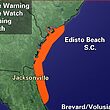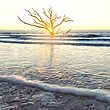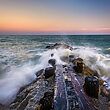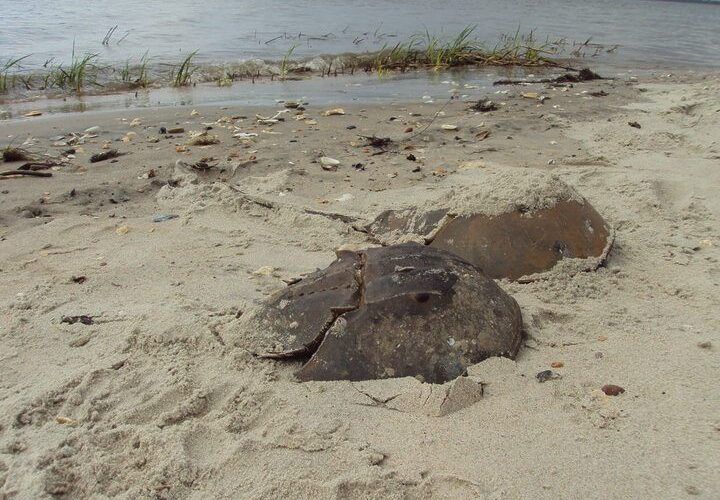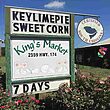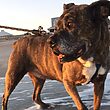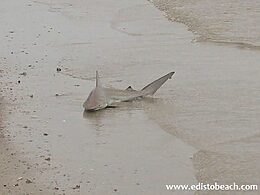Getting stranded on Edisto Beach sounds like paradise for most people. However, that same sentiment does not apply to horseshoe crabs.
Horseshoe crabs have been around for centuries, but in all that time, they still face one hurdle and that’s getting stranded on the beach.
When these crabs come up onto the shore at night to spawn, many times the tide carries them far up onto the beach and they get stranded. If nobody comes around to flip them over or get them down to the water, they die.
Part of the reason they get stranded is because spawning expends quite a bit of energy. During this process, male horseshoe crabs cling to the back of a female crab as she crawls up the beach. Once on the beach, she then lays up to 20,000 eggs, which he then fertilizes. Then, if all goes correctly, they make their way back into the water.
However, if a horseshoe crab’s tail is broken or they are too tired to right themselves over when they get flipped over, they will become stranded and die on the beach.
If you see a horseshoe crab on its back, grasp both sides of its shell, pick the animal up and then set it down with its legs in the sand. Do not pick it up by the tail. This could cause damage to the tail, which would render the crab unable to maneuver properly.
If you notice a tag on the horseshoe crab, don’t worry. Many are tagged as their blood is used in medical testing to look for bacterial contamination in medical equipment. Up to 90% of crabs survive this process, which helps humans and the medical profession.
If you notice a floating horseshoe crab, it is likely this crab is already dead and in the decaying process. Leave the floating horseshoe crabs alone as they are a part of the ocean’s ecosystem.
As always, be gentle with the crabs and take care with their fragile shells. They won’t pinch you and you’ll be doing it a great favor by helping it get back to the water.


